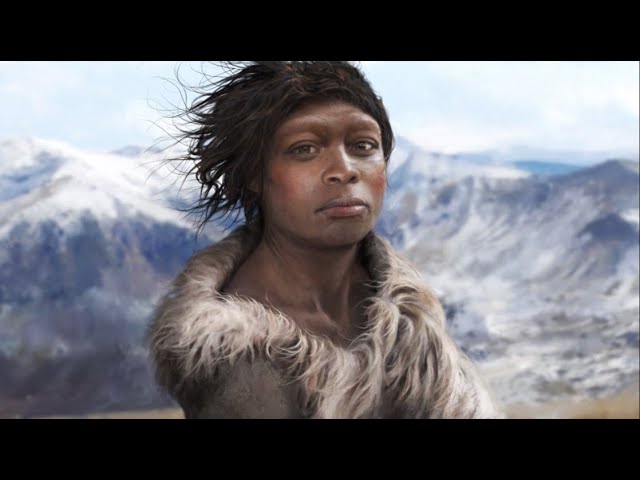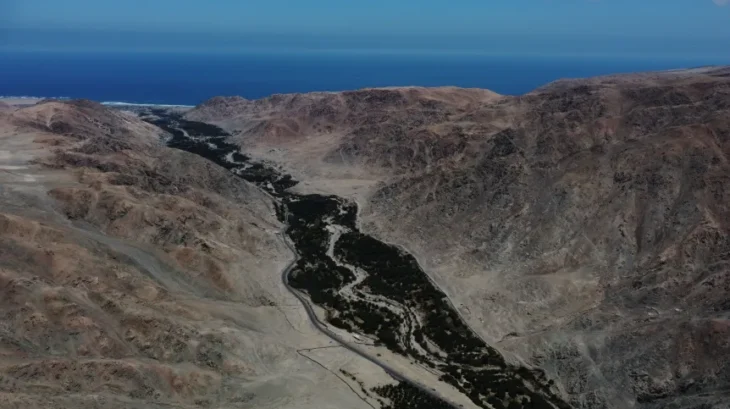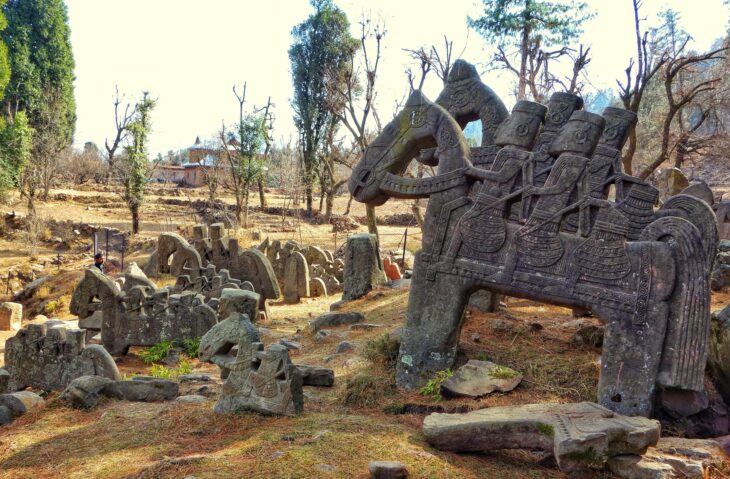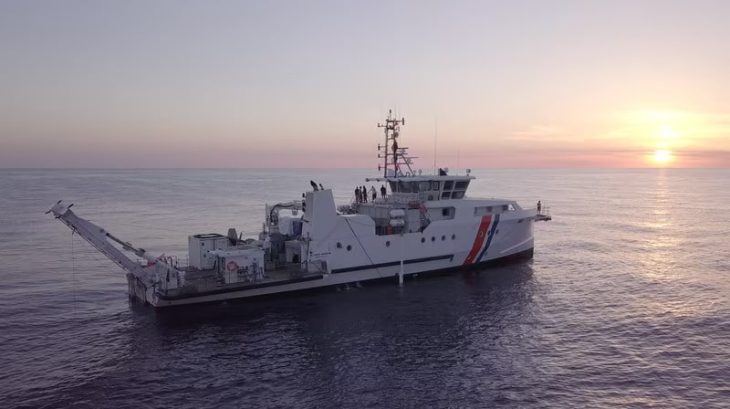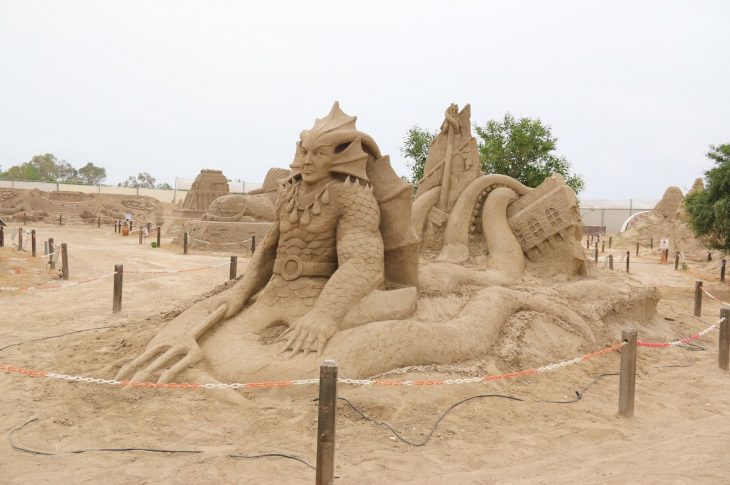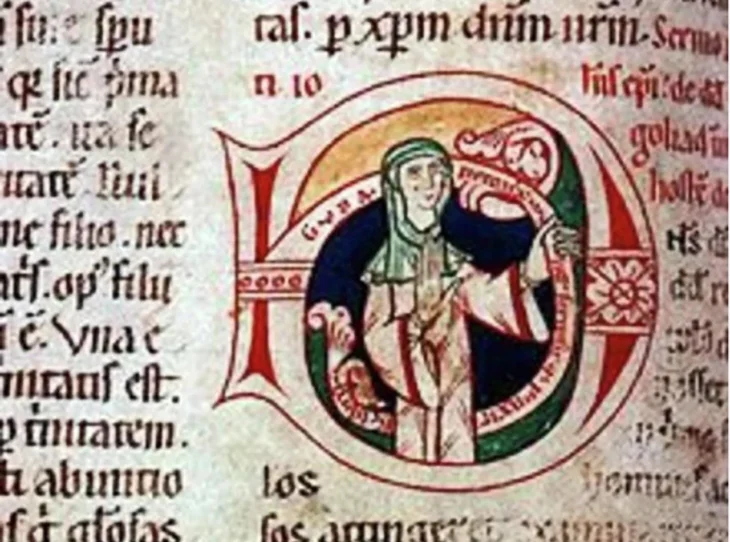Chinese researchers have recently found fish-scaled armor in the tomb of Liu He, Marquis of Haihun from the Western Han Dynasty (206 BC-AD 25), in Nanchang, the capital of eastern China’s Jiangxi province.
According to the Provincial Institute of Archaeology and Cultural Relics, this is the first instance of composite armor—made from a combination of materials like lacquered iron, copper, and leather—discovered during the archaeological excavation of the Han Dynasty sites. It demonstrates the highest level of armor-making practices of that period.
The armor’s smallest piece is 1 centimeter wide and about 0.2 centimeters thick.
Yang Jun, head of the excavation team, told Xinhua that these armor pieces were found in the tomb of Liu He in the west part of the outer coffin, where weaponry was installed.
After more than two years of meticulous work, researchers have restored approximately 6,000 armor plates from among those unearthed in the weapons section of the tomb, alongside knives and swords, according to Yang Jun.
“The smallest plate is just 1 cm wide and about 0.2 cm thick, making it the smallest scale armor plate unearthed from Han Dynasty sites,” said Bai Rongjin, an expert in armor protection and research from the Institute of Archaeology, Chinese Academy of Social Sciences.

According to Bai, scale armor is mostly found in Han Dynasty tombs and is usually made with a single material, with each plate measuring 4 to 10 cm in width. The smaller the armor plates, the more plates are required to assemble the armor — reflecting the increasing complexity of its production process.
The process of removing roughly 6,000 pieces of armor from the boxes took archaeologists two years. According to the cultural conservation team’s initial restoration research, the armor was made from materials that were lacquered in leather, bronze, and iron.
The pieces of fish-scaled armor were discovered with swords, according to Yang, at the Marquis of Haihun’s tomb. It has been assumed that the items were packaged in lacquer boxes based on the presence of patent leather traces on the premises. However, when the tomb was unearthed, it was discovered that the lacquer boxes had rotted, and the armor and swords appeared piled up.
“The tomb is known to have undergone earthquakes and the rising groundwater level caused by the intrusion of the Poyang Lake, China’s largest freshwater lake. The burial environment has made the armor pieces thin and fragile,” said Yang, in a statement to Global Times. The team decided to box up the cultural relics and carry out conservation research through laboratory archaeology thereafter.
The fish-scaled armor discovered in the Marquis of Haihun’s tomb was composed of iron, copper, and leather, in contrast to the Han Dynasty’s custom of using only one material for armor. For the first time, a composite design of this kind from the Han Dynasty has been discovered.
The discovery of the armor from the tomb of the Marquis of Haihun provides important material data for the study of armor-making techniques in the Han Dynasty.
Cover Image Credit: Armor pieces from the tomb of the Marquis Haihun Photo: Jiangxi Provincial Institute of Cultural Relics and Archaeology


